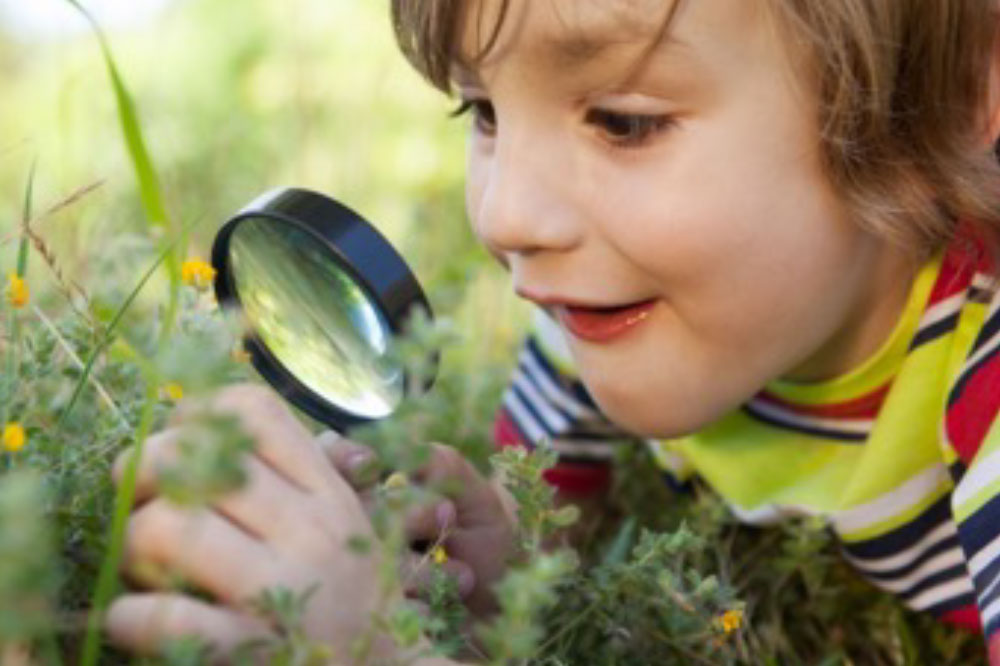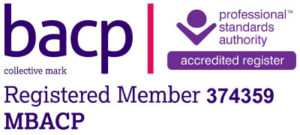In 2006, psychologists Jordan Litman and Paul Silvia identified two main forms of curiosity: D-curiosity and I-curiosity. The D in D-curiosity stands for deprivation, the idea that if we have a gap in information, we go into a restless, unpleasant, need-to-know state, while the I in I-curiosity stands for interest, the pleasurable aspects of our hunger for knowledge. In other words, curiosity can induce a state that is either unpleasant or pleasant.
Deprivation curiosity is driven by a lack of information, often a specific piece of information. For example, when you see a picture of a famous actress and you can’t remember her name, you might start racking your brain to remember who it is. Trying to remember might get you into a state, as though you are trying to squeeze that answer out of your brain. Then when you go to google for help and see her name, you feel a sense of relief because you’re no longer deprived of the information. This extends to texting and social media. If you’re out with friends and you feel or hear a text come into your phone, you might notice that suddenly it’s hard to pay attention; not knowing what the text says can make you restless, and that sense of uncertainty is only eased when you check your phone.
Interest curiosity is piqued when we’re interested in learning more about something. Usually this isn’t a specific piece of information (like an actress’s name) but a broader category. For example, did you know that there are animals who keep growing in size until they die? They are called “indeterminate growers” and include sharks, lobsters and kangaroos. Isn’t that fascinating? Interest curiosity is when you dive into an internet search and realize hours later you’ve learned loads and your thirst for knowledge has been quenched. It feels good to learn something new. This is different from filling a deficit, simply because you weren’t experiencing a deficit in the first place. For instance, you didn’t know about big, old lobsters but when you did learn about them, you were intrigued and delighted to know more.
Each of the forms of curiosity feel different in our bodies: deprivation feels closed and is about reaching a destination, while interest feels open and is more about the journey. So, how can this knowledge help us deal with anxiety? We need to get more and more curious about what anxiety feels like in our bodies (interest) and how it triggers our worry and procrastination habits, instead of assuming we know everything about it or that it will never change (deprivation) or that we have to find a magic pill or technique to cure us of it. We need to stop approaching ourselves and the world with D-curiosity, like a problem to be solved, and start to tap into our I-curiosity, to help ourselves break old habits and build new ones.
Here’s a curiosity exercise that can work as a kind of panic button for when anxiety hits, and it takes about 2 minutes (you could use the mantra “Hmmmm” while doing it to bring a playful, joyful attitude to what you’re doing):
Step 1: Find a quiet comfortable place, sitting, lying down, or standing up, you just need to be able to concentrate without being distracted.
Step 2: Recall your most recent incident with a habit loop (any habit you find yourself returning to whenever you’re worried or anxious, such as obsessive or compulsive thoughts or actions). See if you can remember the scene and relive that experience, focusing on what you felt right at the time when you were about to act out your habit loop. What did that urge to go ahead and “do it” feel like?
Step 3: Check in with your body, what sensation can you feel most strongly right now? Here’s a list of single words or phrases to choose from, pick the one you feel most strongly: tightness, pressure, contraction, restlessness, shallow breath, burning, tension, clenching, heat, pit in stomach, buzzing/vibration.
Step 4: Is this feeling more on the right side or the left? In the front, middle, or back of your body? Where do you feel it most strongly? Was there anything you noticed about being curious about what part of your body you felt the sensation in? Did being a little curious help with getting closer to this sensation?
Step 5: If the sensation is still there in your body, see if you can get curious and notice what else is there. Are there other sensations you’re feeling? What happens when you get curious about them? Do they change? What happens when you get really curious about what they feel like?
Step 6: Follow them over the next 30 seconds, not trying to do anything to or about them, but simply observing them. Do they change at all when you observe them with an attitude of curiosity?
This short exercise is just intended to give you a taste of curiosity and to support your natural capacity to be aware about what’s happening in your body and your mind at any moment instead of getting caught up in a habit loop that adds to your anxiety. If you notice that by being curious you gained even a microsecond more of being with your thoughts, emotions, and sensations than you have in the past, then you’ve made an important step forward. Keep going, gently, mindfully.




